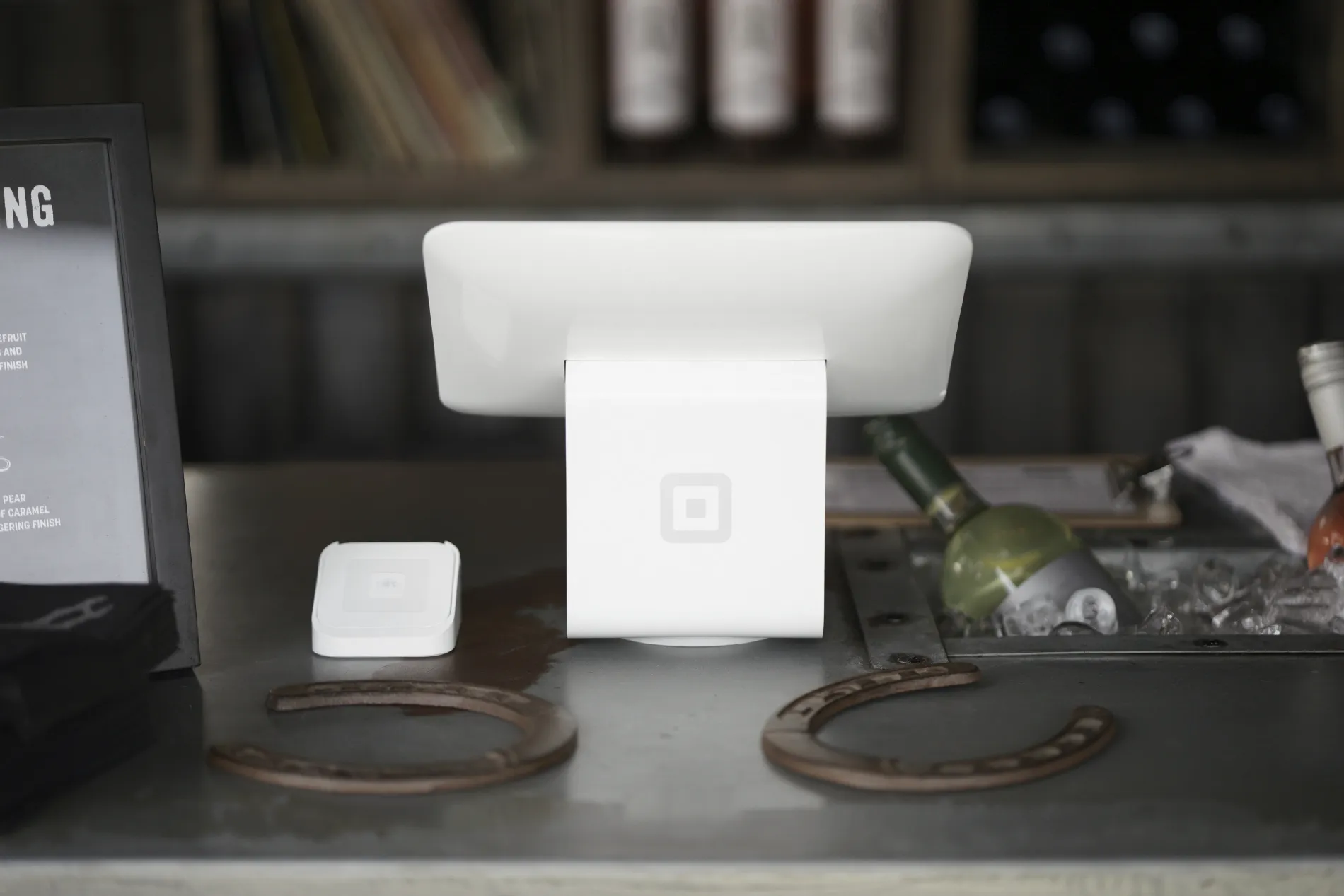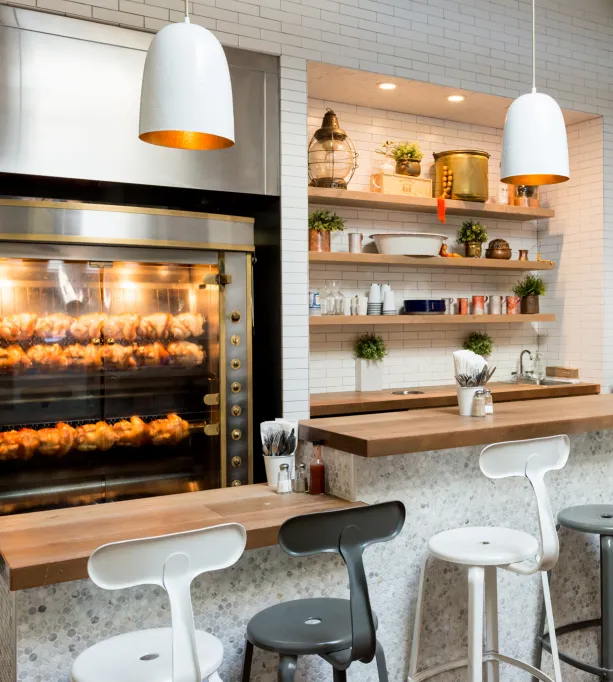Table of contents
Maybe you’ve spent sleepless nights thinking about what your ideal restaurant would be like, from the delicious food and friendly staff to the killer location and exceptional ambience. Maybe you’ve worked in the restaurant industry for years mastering the numerous intricacies of the business. Regardless of how you got here, now is the time to take that dream and make it a reality.
An overview of restaurant safety and food handling
Before diving into the specifics of opening a restaurant, it’s important to understand the restaurant industry as a whole. Restaurant safety protocols and food handling are top priorities for the industry, so you should understand the ins and outs before you open a restaurant.
To keep customers safe and prevent food-borne illnesses, the restaurant industry is heavily regulated. The key organisation you should be aware of is Food Standards Australia New Zealand, which oversees the Food Standards Code in Australia and New Zealand. This is the code you will have to abide by and maintain throughout the lifespan of your restaurant, so you’ll want to come up with best practices for food safety and restaurant sanitation.
You’ll also need to register as a food business. The specific requirements vary state by state. You can check on the rules for your state via the Australian Institute of Food Safety.
By familiarising yourself with regulations, obtaining specific industry-related licenses and adhering to the basic food safety procedures, you can can keep your reputation intact and customers out of harm’s way. You may also want to consult an expert, who can help navigate the various laws and regulations that might apply based on your specific needs and location.
Restaurant industry segments
Once you have a handle on food safety, you can begin to look at other aspects of the restaurant industry.
Recognising where a restaurant fits in the industry can help you understand the competitive landscape and better strategise your entry to market when opening a restaurant.
Establishments can be loosely broken down into various segments, from your basic fast food joint to a prestigious three-star Michelin dining experience:
- Fast food restaurants, also called quick-service restaurants (QSRs), specialise in quick preparation and service of casual food items. Seating is limited since most customers order at the counter and take their food to go.
- Fast-casual establishments mirror fast food service but offer freshly prepared food with wholesome quality.
- Casual dining offers a full-service, sit-down experience for customers at an affordable price. With a relaxed ambience, consumers can come in, sit down and enjoy a meal without breaking the bank.
- Family dining follows a similar format to casual dining. Family dining usually offers breakfast, lunch, and dinner options, making them open for more hours.
- Fine dining restaurants provide customers with an elegant and upscale dining experience. While these restaurants have higher price points, customers are paying for top-quality food and the best service the industry can provide.
The cost of a restaurant
Most restaurant owners wonder how much money they need to start a restaurant. There’s no one-size-fits-all answer for this question. Restaurant costs are dependent on various factors including:
- Size of the restaurant
- Type of restaurant (see above)
- Number of staff
- Location
Starting a restaurant is usually an expensive proposition, and incorrect forecasts and budgeting are a major reason why restaurants fail. Avoid these situations by learning what costs you can expect and how to keep costs low so you can forecast a realistic budget.
There are a various ways you can finance your new restaurant venture, including traditional bank loans, asking your friends and family, or using Square Loans.
Taking payments from customers
Understanding the restaurant industry and mapping out restaurant costs are the initial ingredients for success, and now it’s time to focus on taking payments from customers.
Making your first sale is an exciting milestone when you first start a restaurant and it should be a seamless experience that first time, and every time after. To do that, you need to choose a payments processor and point-of-sale (POS) software.
A payments processor handles credit and debit card transactions for your business. You want to look for a payments processor that accepts all major credit cards (Visa, eftpos, Mastercard, Amex and JCB), has one consistent rate (with no hidden fees), and quick deposit times.
An intuitive point-of-sale system lets you get started taking payments quickly, and it can also grow with your restaurant (and help it grow). An integrated restaurant point of sale not only lets you accept all types of payments — including chip and PIN and Apple Pay — but also it can help you run your entire restaurant more efficiently.
A restaurant POS system, can help you with:
- Inventory tracking to better forecast ingredients and supplies
- Built-in tipping that substantially increases tip flow
- Automatic tip reconciliation
- Menu adjustments to include modifiers and other requests
- Employee timecards that easily track hours worked
- Data analytics that give you better insight to make decisions
- Immediate customer insights and feedback
Outdated, slow POS systems can really hurt your sales, so it’s important to invest in capabilities that are quick for your customers, easy to use for your employees and efficient for your restaurant overall. An integrated POS puts all your information — from sales and inventory to employee timecards — in one view, significantly improving organisation and the ability to make better decisions.
Look for a system with an integrated EFTPOS machine, allowing you to take payments quickly without having to manually enter the transaction amount each time.
Building a brand for a restaurant
How can you compete with more established restaurants to capture consumers’ attention and build loyalty? You need to build a brand.
Branding your business is an integral part of opening a restaurant, and it can play a major role in your future expansion and growth. Your brand is what distinguishes you from your competition. And it’s what makes your restaurant stand out and can often be the deciding factor for diners in an environment with endless options.
Here’s a crash course to get started branding your restaurant:
Start with positioning. Evaluate your restaurant’s product, placement, promotion and price to determine where your restaurant sits among the competition and to identify your unique selling proposition for your target customers.
Your concept and location should play into how you position your restaurant. From the type of food to the interior design and even the staff selection, your concept dictates many of these decisions moving forward. Neighbourhood stereotypes, location accessibility and local competitors are location factors that affect your positioning.
Craft a mission statement. Your mission statement defines what you do, who you are, and why you’re doing it. It should be your restaurant’s compass and decisions should align with it to create a consistent experience.
Be consistent in the details. You communicate your brand through every part of your business. So to create a clear and memorable brand, you need to look at every detail for consistency. That means looking at the visual elements of your restaurant — your name and logo, menus, decor, uniforms, etc. — and the written elements (or your brand voice) — your website and other marketing channels like social channels — to make sure they support your mission.
Once you’ve established your brand, you need to create awareness of it amongst prospective customers. Here are a few ways to get started:
Hold a soft opening. The exclusivity of a soft opening intrigues a crowd and gets people talking about your restaurant, and building hype is important. Additionally, the soft opening gives your staff a practice run and helps you further hash out menu items and get feedback before anything is solidified. Brainstorm soft opening launch ideas that blow your competition out of the water and give you a leg up when it’s time to open your doors.
Market your restaurant. There are many channels you can use to market a restaurant. You can go old-school and hand out flyers or pay for an advert in the local paper. Digital channels like social media, content marketing and email are often low cost and do a better job of engaging (and building relationships with) prospective customers. You should test these channels to see what works for you but regardless of the media, you should use your brand visuals and voice in all your marketing. Of course, whenever you send marketing emails, it’s important to abide by the rules which regulate email marketing in Australia.
Build a loyal following. A customer loyalty program, in which you reward customers for repeat visits, can be a powerful tool. It can turn a first-time customer into a regular customer into a brand advocate. And advocates have huge value to your business because they tell their friends about your restaurant. And word of mouth is powerful: One study by Yoko Co found that word of mouth referral from friends and family is still one of the most effective methods of getting your brand out there.
Emerging Restaurant Tech Trends
Restaurant owners are responsible for staying ahead of trends in the restaurant industry, but that doesn’t just entail the latest food fads. Technology helps restaurants provide the ultimate customer experience and is becoming a more prominent part of the industry. Here are a few emerging restaurant trends to take into consideration.
Immediate customer feedback: Immediate customer feedback: Incorporating feedback into the dining experience allows customers to rate their experience through their digital receipt, which gives your restaurant the real-time data needed for continuous improvement. Feedback is one of several customer engagement features that allow restaurant owners to get a better understanding of what their customers want.
Accepting mobile wallets: Mobile wallets like Apple Pay have become increasingly popular and are shaping the future of payments. Some of the key benefits of accepting mobile wallets include increased security, speed and convenience.
Tableside tablets: As the restaurant industry continues to explore automation, there’s a spike in interest around tableside ordering tablets. This allows diners to use a tablet to order food and drinks as well as pay for their meal without interacting with a server.
Will your restaurant be successful?
The million-dollar question every aspiring restaurant owner asks: Will my restaurant be successful?
Opening up a restaurant is an intricate process that requires dedication and commitment, and questioning your decision to embark on this rigorous journey is completely normal.
Tod Wilson, the owner of the prosperous Mr. Tod’s Pie Factory in New Jersey, will be the first to tell you that this process isn’t always easy. Tod was the first winner on Shark Tank in 2009, but he faced much adversity along the way when he was trying to get his business up and running. What advice does Tod offer about success? He stresses the need for resiliency.
“Keep fighting. Every time I find myself in a tough position, I think about that. You have to just get up after you get knocked down,” said Tod. “Whether it’s a product recall, not getting an order in, or losing a new hire, you have to be able to bounce back.”
Young Han is the head of community outreach at Philz Coffee and expresses the importance of building a relationship with your customers and keeping quality at the forefront of your mind. It’s easy to lose sight of your customers when your company begins to grow, however, “never forget why you started. Always circle back to that [and] stay true to your core.”
Similarly, the owner of Monday Night Brewing emphasises the first-time experience for a customer. You essentially have one time to get it right and make an impression on a first-time customer. If guests have one bad experience, “odds are they’ll never try it again.”
![]()







![How To Create a Business Proposal: A Basic Guide [With Template]](https://images-cdn3.welcomesoftware.com/Zz02OWJlZTQzYWU4YWMxMWVmODYzNWFhZjdlNDFlODBmZQ==?width=227&height=152)
![How To Create a Business Proposal: A Basic Guide [With Template]](https://images-cdn3.welcomesoftware.com/Zz02OWJlZTQzYWU4YWMxMWVmODYzNWFhZjdlNDFlODBmZQ==?width=136&height=136)





